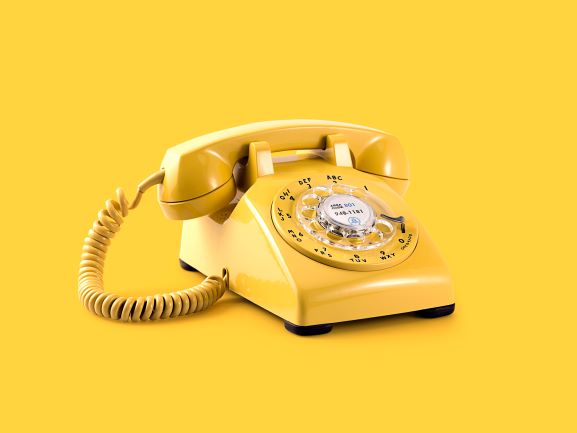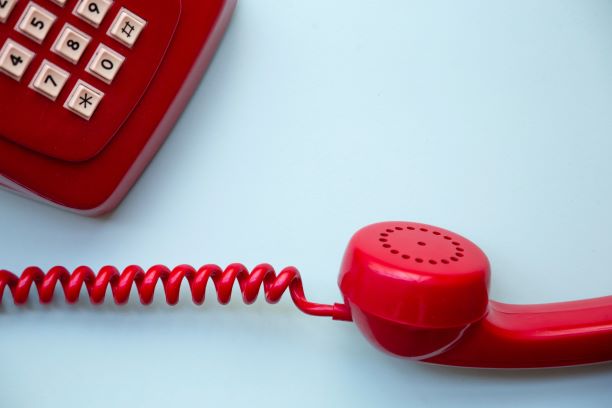At the start of 2020, we were expecting big things from the tech world: more AI, more cord-cutting, and more apps. Experts predicted that we’d continue moving forward to relying more on technology and automation. Some of this came true with the unprecedented move to remote work amid COVID-19 and the reliance on online shopping and ordering. But one innovation that no one would have predicted is the newfound reliance on one of our oldest technologies: the telephone.
According to Verizon, one of their busiest days for phone calls is Mother’s Day. This year, the number of calls they saw on Mother’s Day Sunday doubled to more than 800 million calls. Additionally, the time spent on the phone per call has increased overall across providers. Americans are calling more and spending more time on the phone than they have in decades.
The craving for human connection extends far past wishing moms well. Early on, Zoom and Google Hangouts were the clear winners for unifying coworkers in a newly remote office setting. Over time, this preference has faded and traditional phone calls have come back in fashion. For one-to-one conversations it’s easier to pick up the phone and no one has to deal with buffering or disconnection issues.

When your days are spent isolating at home with just family or housemates (or no one at all), talking to a colleague can be a breath of fresh air. People are really missing their normal routines, like catching up at the water cooler or talking about their favorite show. Even though historically employees felt that a lot of meetings could take place over email, now we’re seeing that a lot of communication that could be text-based is moving to be over the phone.
Phones are also vital to businesses that are still operating face-to-face. With takeout and delivery in high demand, people are thinking twice about hanging around when their order is ready. Instead, restaurants are calling or texting their customers when their order is ready or when a delivery has been left at the doorstep. People are calling local breweries and stores to place orders when they would usually avoid calling at all costs.
Generally, Gen Z and Millennials are the ones blamed for the downfall of the phone. In fact, a whopping 81% of millennials surveyed said they get anxious before making a call. This could be a self-fulfilling fear: many people rely on text communication and are out of practice in talking over the phone, making the idea more anxiety-inducing.
We hope that the new reliance on phones in the workplace will remain and help people to continue to use phones as a means of communication well past 2020. Phones are uniquely able to facilitate social distance while building togetherness, and that’s exactly what we need right now.





Leave A Comment
You must be logged in to post a comment.